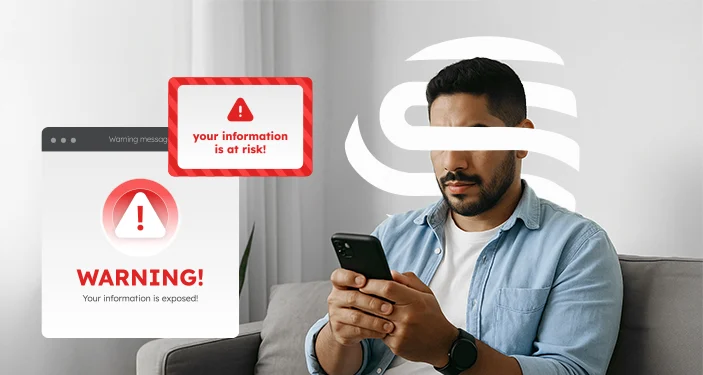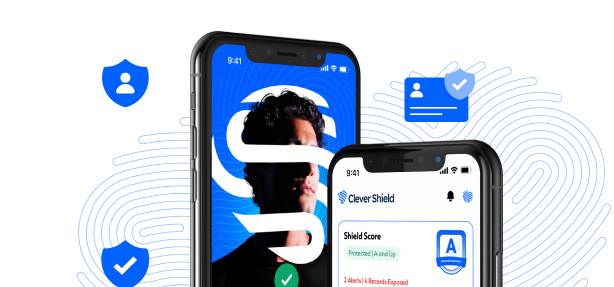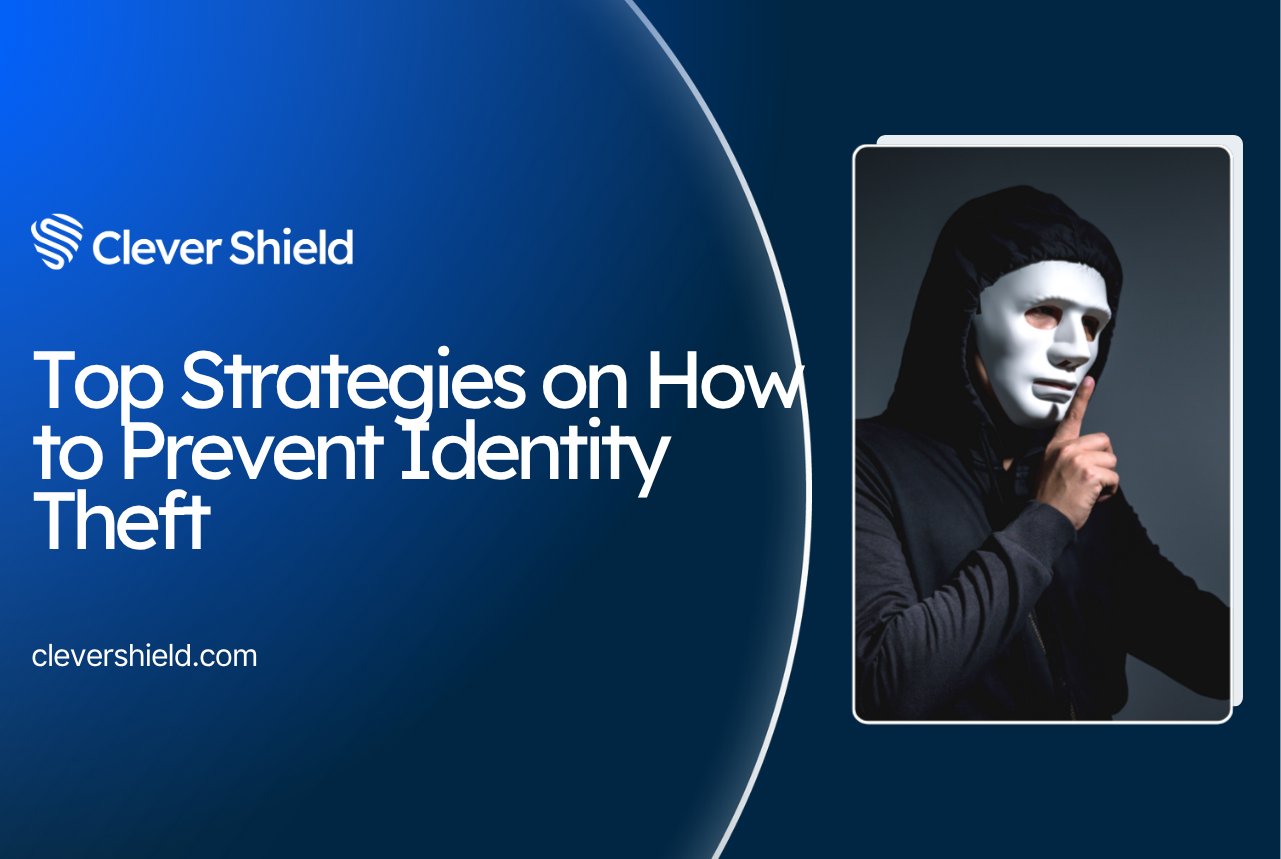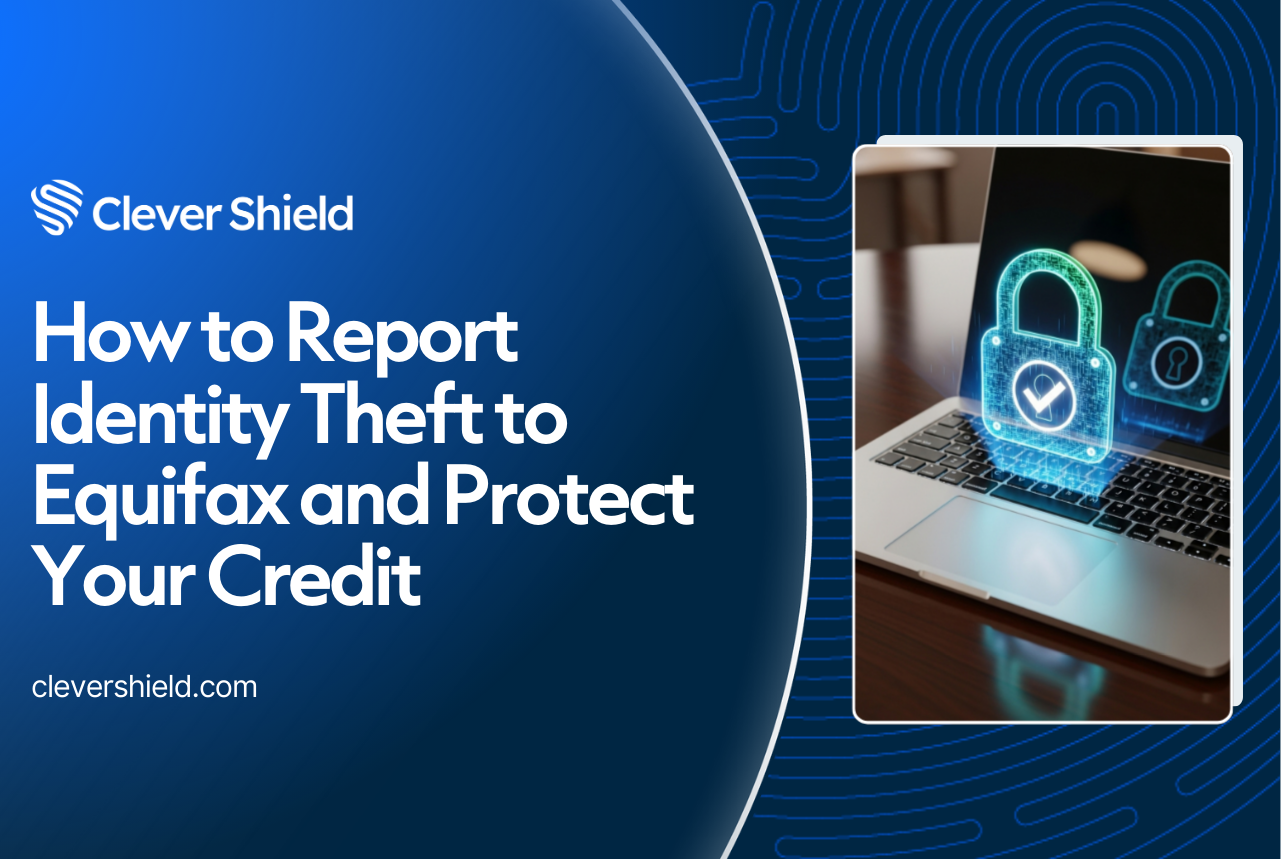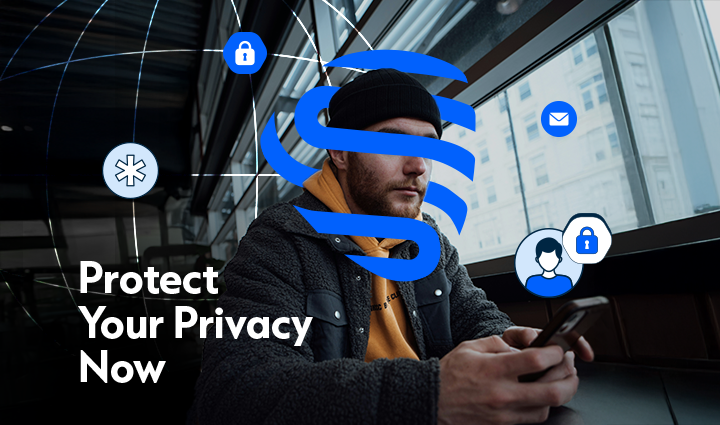Identity theft is a serious threat. Learn how to protect your personal information with our straightforward guide on how to protect identity theft. We’ll cover effective steps to prevent identity theft and keep your data safe.
Key Takeaways
- Identity theft involves the unauthorized use of personal information, leading to financial loss and emotional distress; awareness of common methods, such as online scams and social media exploitation, is essential for protection.
- The early recognition of warning signs, like unfamiliar accounts on credit reports and unexpected bills, allows individuals to act quickly to mitigate potential damage from identity theft.
- Implementing proactive measures such as strong passwords, multi-factor authentication, and utilizing credit monitoring services can significantly enhance personal information security against identity theft.
Understanding Identity Theft
Identity theft is the unauthorized use of personal or financial information, such as your name, Social Security number, credit card numbers, and bank account details, to commit fraud or other crimes. It’s a pervasive issue that can have severe consequences for victims, including financial loss, damaged credit, and emotional distress. Understanding how identity theft occurs and recognizing the warning signs are crucial steps in protecting yourself.
Identity theft can happen to anyone, and it often occurs when someone illegally uses another person’s personal information, such as their Social Security number, to conduct fraudulent activities. Awareness of identity thieves’ operations and their common methods is key to protecting your information. This knowledge can help you stay vigilant and take proactive steps to protect your identity, especially if you fear your identity stolen. An identity thief can exploit any lapse in your security.
Common Methods of Identity Theft
Identity thieves employ several ways to steal personal information. One common method is through online scams and phishing tactics, where fraudsters send deceptive fraudulent email or messages to trick individuals into providing sensitive information. These scams often appear legitimate, making it easy for unsuspecting victims to fall into their trap.
Social media manipulation is another tactic used by identity thieves. By exploiting the information people share on social media messages and platforms, such as birthdays, addresses, and even pet names, thieves can gather enough details to impersonate you and gain access to your accounts. Being cautious about what you share online and maintaining robust privacy settings can protect your information.
Warning Signs of Identity Theft
Recognizing the warning signs of identity theft can help you take swift action to mitigate the damage. One of the most common indicators is receiving bills for purchases you didn’t make. If you start getting debt collection phone calls for accounts you never opened, it could be a sign that your identity has been compromised.
Another red flag is finding unfamiliar accounts on your credit report. Regularly reviewing your credit reports can help you catch these unauthorized activities early. Additionally, a sudden stop in mail delivery or missing mail can signify potential identity theft, as thieves may change your address to intercept your mail.
Being aware of these warning signs can help you act quickly to protect your identity.
How Identity Thieves Use Your Information
Once identity thieves have your personal information, they can use it in various ways to commit fraud. One common method is making unauthorized charges or fraudulent charges from your accounts. This can result in significant financial loss and a long, arduous process to recover your funds.
Criminals may also take control of your financial accounts, attempting to transfer funds or utilize any rewards associated with them. Additionally, some thieves might apply for new credit accounts or loans using your personal details, often having the card sent to an address they control.
Stolen personal information can even be sold on the dark web, where it steals used for various types of fraud. Understanding these methods can help you stay vigilant and take steps to provide personal information and protect your personal information.
Steps to Protect Your Personal Information
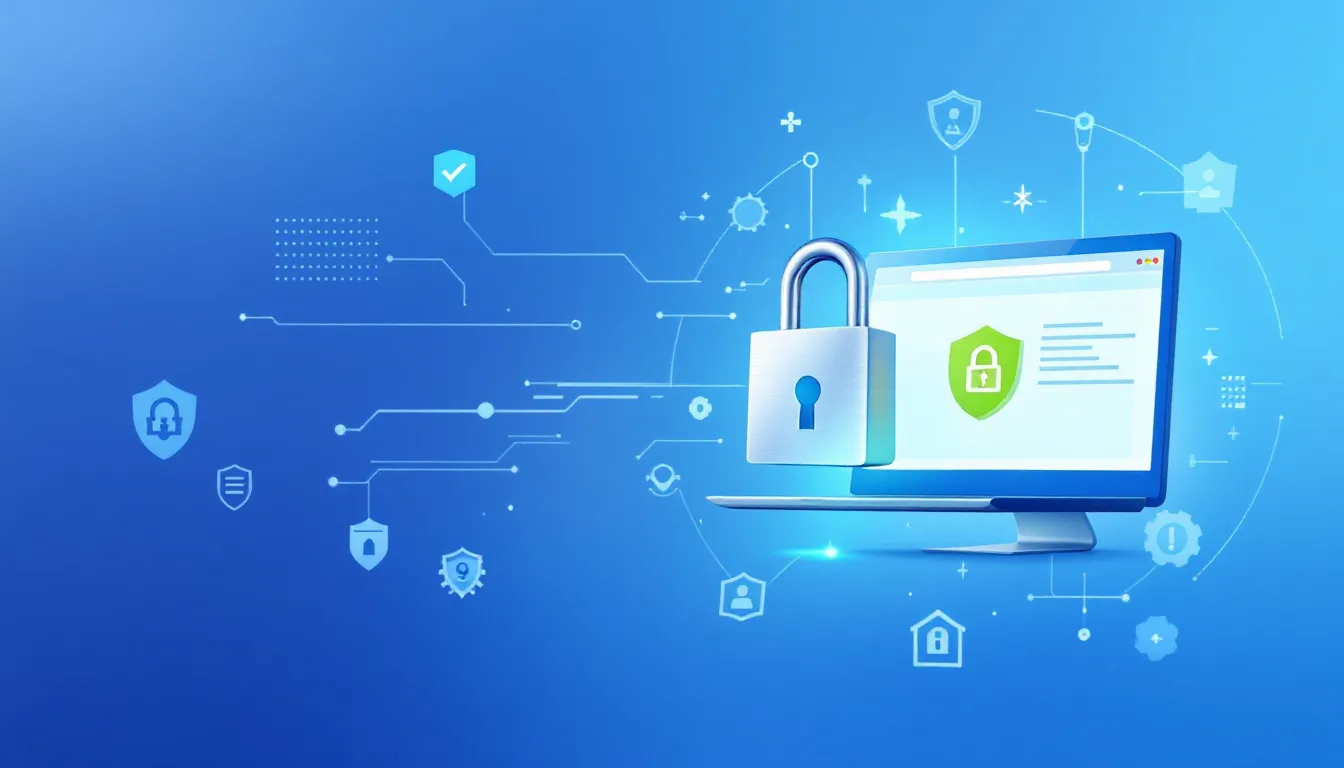
Protecting your personal information is crucial in preventing identity theft. There are several steps you can take to safeguard your data. One of the most effective measures is using multi-factor authentication whenever available, which adds an extra layer of security to your accounts.
To protect your personal information and prevent identity theft, consider the following tips:
- Always check the legitimacy of websites before entering personal information.
- Shred documents that contain personal information before disposing of them.
- Set up notifications with banks to quickly identify fraudulent transactions.
- Use real-time alerts from credit card companies to receive immediate updates on suspicious activities.
Acting quickly can significantly limit the impact of identity theft on your personal finances.
Let’s explore these steps in more detail.
Create Strong Passwords
Creating strong passwords is essential to enhance security and prevent unauthorized access to your accounts. Here are some tips:
- Avoid using easily guessed information, like birthdays or names.
- Opt for complex passwords that include a mix of letters, numbers, and special characters.
- Regularly change your passwords to help protect your accounts from unauthorized access.
If your identity is compromised, change all login information and PINs immediately to secure your accounts. Using a password manager can help you keep track of your passwords and ensure they are strong and unique for each account.
Secure Your Devices
Securing your devices is another critical step in protecting your personal information. Activate firewalls on all devices to add an extra layer of security. Installing and regularly updating antivirus software can help detect and remove malware from your devices, ensuring they remain protected.
Ensure you use secure network connections, such as VPNs, to protect your online activities from interception. Regularly updating your computer systems, browsers, and software can also help protect against vulnerabilities and potential threats.
Be Cautious Online
Being cautious online is vital to safeguard your identity from theft and fraud. Avoid responding to unsolicited emails or clicking on links within them, as they can compromise your information. Before sharing personal information online, always ask questions to determine if it’s safe.
When shopping online, be cautious with credit card information to protect your personal data. Regularly update anti-virus software and keep computer systems and browsers up to date to protect against viruses.
Teaching children to keep their personal information safe when engaged in online activities is also essential to share personal information.
Monitoring and Alerts
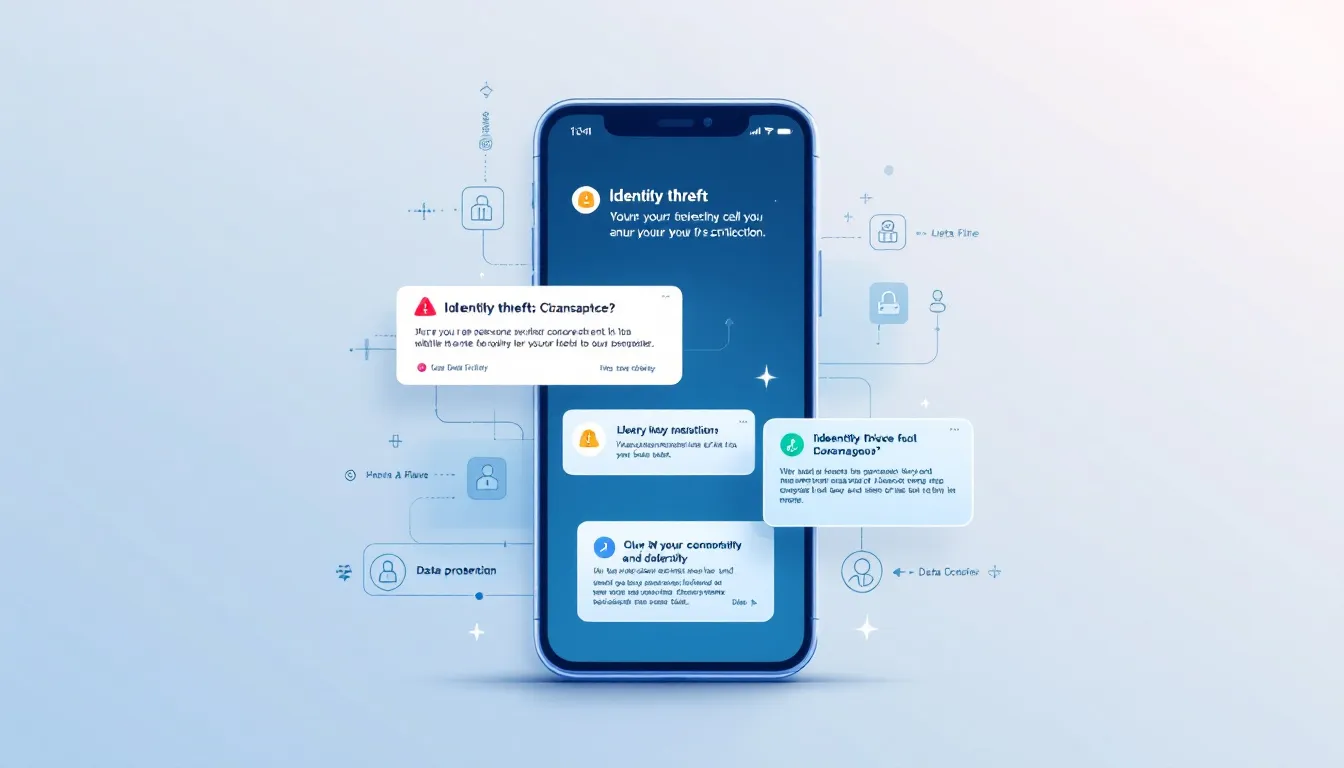
Regularly monitoring your accounts and credit reports is essential to catch identity theft promptly. Reviewing your accounts consistently allows for early detection of unauthorized transactions. Setting up real-time alerts can notify you immediately about any suspicious activities, helping you take swift action to protect your identity. Additionally, it’s wise to review credit card statements regularly to ensure accuracy and security.
Credit monitoring services and real-time alerts are valuable tools in detecting potential identity theft. Let’s explore these options in detail.
Credit Monitoring Services
Credit monitoring services:
- Detect unusual or unauthorized activity on your credit report.
- Keep track of changes across all three credit bureaus.
- Alert users to any unusual changes in their credit reports.
Some credit monitoring services offer identity theft protection insurance as part of their packages, providing additional protection and peace of mind. Utilizing these services can help you stay informed about your credit status and detect potential fraud early.
Real-Time Alerts
Real-time alerts are an effective way to monitor your accounts for suspicious transactions. Setting up notifications from the following sources can help you stay informed about unusual activity in real-time:
- Your bank
- Credit card companies
- Clever Shield, which provides real-time notifications regarding potential identity threats, ensuring prompt action can be taken.
What to Do if Your Identity is Stolen
If your identity is stolen, it’s crucial to act quickly to minimize damage. Receiving unexpected credit cards or bills for accounts you did not open can be a telltale sign of identity theft. Identity thieves can also impersonate you to apply for government benefits, such as unemployment or to file fraudulent tax returns.
Noticing clues early and being vigilant can help minimize damage if your identity has been stolen. There are resources to help, including the FTC, credit union, and credit reporting agencies. Let’s explore the steps you should take.
Report Identity Theft
Reporting identity theft promptly is essential to minimize damage and initiate recovery. Filing a police report with the federal trade commission generates an Identity Theft Report, which is crucial for recovery and provides a structured recovery plan tailored to the victim’s situation.
By reporting identity theft to the FTC, you can take protective steps and start the recovery process. This report can also be used to prove to creditors and other entities that your identity has been stolen.
Notify Financial Institutions
Contacting the fraud department of your financial institutions immediately can prevent further unauthorized activity. Informing your financial institutions promptly can prevent further unauthorized or suspicious transactions and help secure your accounts, including your bank account number. Delaying to notify your bank or credit card companies can result in increased financial loss. If you notice any issues, it is crucial to report unauthorized activity as soon as possible. Additionally, using a credit card and bank responsibly can help mitigate risks.
Taking swift action can help limit the damage and protect your financial information.
Implement a Fraud Alert
Setting up a fraud alert ensures that creditors are notified to take extra precautions before issuing new credit. Placing a fraud alert on your credit report informs lenders to take extra steps to verify your identity before extending credit.
A fraud alert is a security measure that helps protect your credit by warning creditors about potential identity theft and fraud alerts. Implementing this alert can help prevent further unauthorized activities.
Clever Shield: Your Partner in Identity Protection
Clever Shield serves as an all-encompassing solution for identity protection, actively working to eliminate personal data exposed online. With services such as automated data removal, dark web monitoring, and a simplified recovery process, Clever Shield offers comprehensive protection against identity theft.
Clever Shield provides identity protection services that remove personal data from exposure and include up to $1 million in insurance against identity theft. Let’s explore these services in more detail.
Automated Data Removal
Clever Shield offers an automated solution for removing your personal data from data brokers. The service cleanses personal information from data brokers within a day to minimize risks of exposure. This efficient removal significantly decreases the risks associated with data exposure.
By utilizing Clever Shield’s automated data removal, you can ensure that your personal information is not exposed or misused.
Dark Web Monitoring
Clever Shield actively scans the dark web and notifies users immediately if their personal information is detected. Continuous monitoring of the dark web is essential for detecting potential identity theft when personal information is compromised.
By utilizing Clever Shield’s dark web monitoring, users can ensure immediate awareness of threats to their identity and take action swiftly.
Simplified Recovery Process
The recovery process for identity theft is streamlined by Clever Shield, making it less stressful and more time-efficient for users. The identity restoration process through Clever Shield is automated, reducing the time and anxiety involved in recovering from identity theft.
Clever Shield’s simplified recovery process helps to alleviate both time and emotional stress for users.
Summary
Identity theft is a serious and pervasive threat that can have devastating consequences. By understanding how identity theft occurs and recognizing the warning signs, you can take proactive steps to protect yourself. Creating strong passwords, securing your devices, and being cautious online are essential measures to safeguard your personal information and prevent identity theft.
Monitoring your accounts and credit reports regularly, setting up real-time alerts, and utilizing credit monitoring services can help you detect potential identity theft early and take swift action. If your identity is stolen, promptly reporting the theft, notifying financial institutions, and implementing a fraud alert are critical steps to minimize damage and begin the recovery process. Clever Shield offers comprehensive identity protection services, including automated data removal, dark web monitoring, and a simplified recovery process, to help you protect your identity and recover quickly if theft occurs. Take control of your identity protection today and ensure your peace of mind.
Frequently Asked Questions
What are the common methods identity thieves use to steal information?
Identity thieves commonly employ online scams, phishing tactics, and social media manipulation to acquire sensitive personal information. It is essential to remain vigilant and protect your information from these tactics.
What are the warning signs of identity theft?
Identifying the warning signs of identity theft is crucial; look for unexpected bills for unknown purchases, unfamiliar accounts on your credit report, and an abrupt halt in mail delivery. It is essential to act promptly if you notice any of these indicators.
How can I protect my personal information online?
To effectively protect your personal information online, it is essential to use strong passwords, enable multi-factor authentication, and ensure that your devices are secured with firewalls and antivirus software. Additionally, exercise caution when sharing personal information on various platforms.
What should I do if my identity is stolen?
If your identity is stolen, promptly report the theft to the FTC, notify your financial institutions, and place a fraud alert on your credit report to safeguard against further unauthorized activities.
How does Clever Shield help with identity protection?
Clever Shield effectively protects your identity through automated data removal, dark web monitoring, and a streamlined recovery process for swift action in the event of identity theft.

